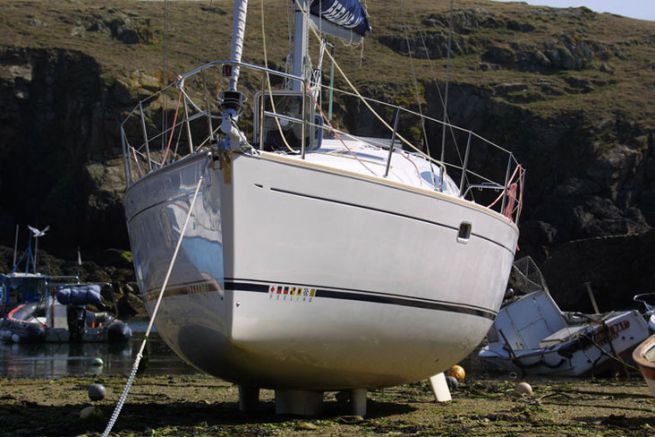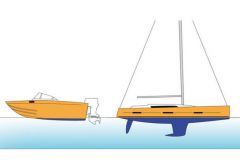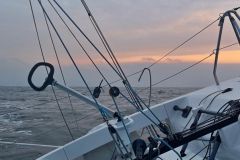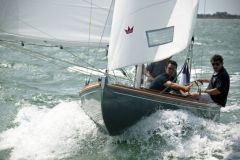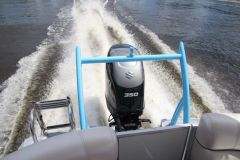Under a sailboat, the living works can be very varied. The shapes depend above all on the boat's program. Indeed, the keel serves as an anti-drift plane for the boat's progress under sail and as ballast for its stability. The stiffer a boat is, the better it will perform. The stiffness is determined by the position of the center of gravity and the distribution of the weights. The lower the weights, the more the boat can carry canvas and gain speed. This is why a deep keel with a ballast at the end is preferable.
The choice of an appendage will therefore influence the marine qualities of your sailboat. But as a sailboat remains above all a set of compromises, it can be useful to adapt the shape of the keel to reduce the draft or to facilitate transport.
The long keel

Before the appearance of the straight keel, the forms of pleasure sailboats from the world of working sailboats had a long keel. This had to do with the construction materials, the method of construction and launching, which did not leave many other possibilities. The rudder is not suspended, but is in the extension of the keel. Often the ballast added at the foot of the keel is particularly well arranged to obtain a perfect low center of gravity.
The right keel

With the advent of cast iron or lead, builders were able to add the keel underneath the boat at the end of construction. The keel could then be refined to offer a better penetration in the water. Straight cast iron keels are the most common on production sailboats, as they are the least expensive to manufacture.
To lower the center of gravity, "elephant feet" appeared at the bottom of the keel. By adding mass at the bottom of the keel, the architect lowers the center of gravity.
For their boats, boat builders generally propose several drafts. A standard draft, a long draft for more performance and a short draft to enter certain harbors. euros each time, by changing the keel, the architect is obliged to vary its weight: less heavy with a deep keel and heavier for a short keel.
The L-shaped keel
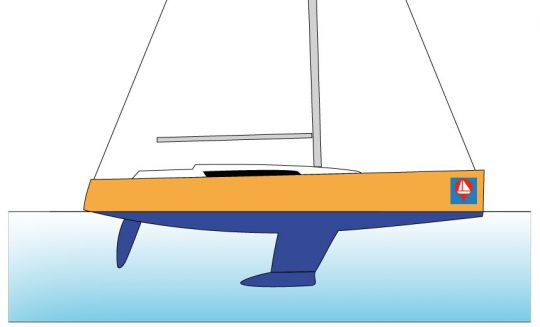
For even more performance, the keel fin is thinned and the ballast is transferred to the foot of the keel in the form of a bulb. To prevent algae from getting stuck in the keel (as is the case with T-keels), the keel is L-shaped. L-keels are a little less hydrodynamically efficient than T-keels
The T-shaped keel
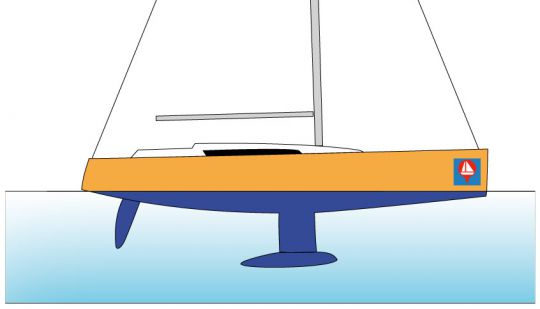
It is the keel of the regatta sailboat par excellence. All the weight is in a torpedo which is installed under the keel sail. The latter is reduced to its simplest expression to minimize braking. The torpedo shape is the best profile to offer the best penetration in the water.
The lifting and tilting keel
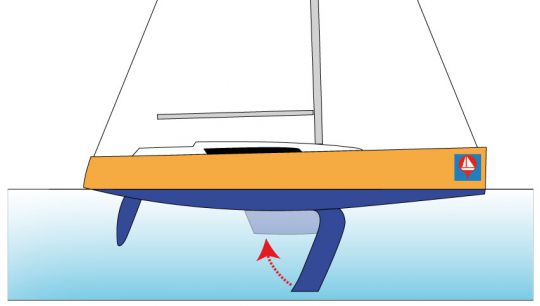
How to reconcile a sailboat very stiff to the canvas, therefore with a very deep center of gravity, and a sailboat whose draft allows it to navigate in shallow waters? Simply by raising the keel when approaching land! For this purpose, shipyards offer canting keels. The lifting keel that tilts ensures safety in case of heeling (it lifts), it is also expensive and difficult to develop.
The lifting keel sabre
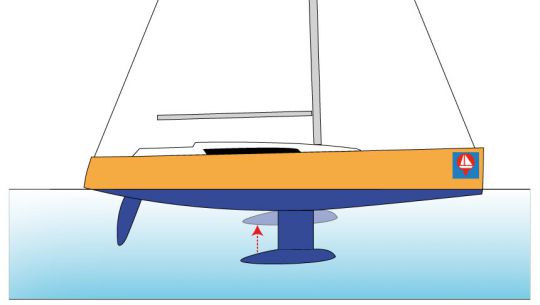
The lifting keel is the alternative to the canting keel. It allows to reduce the draught while being easier to set up. But it has two major drawbacks. It requires a keel well that crosses the boat in the middle (very inconvenient on a small boat), but above all it is very fragile in the face of a heel. This type of appendage is often found on very large yachts for which a daggerboard well is easily integrated into the layout.
The biquille
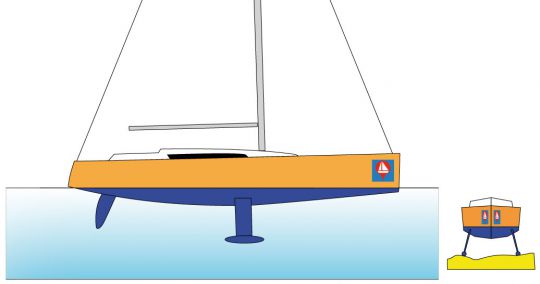
The twin keel was adopted by architects to reduce the draught by multiplying the ballast by two. Being able to run aground on its two keels, the keelboat was favored by sailors in tidal waters. Very popular with the English, the keelboat had an image of low performance sailboats. The Biloup was the best image. But architects such as Marc Lombard have given this concept a new lease of life with very narrow and thin keels. Fora Marine with the RM range has democratized this new type of keelboat.
The integral dinghy
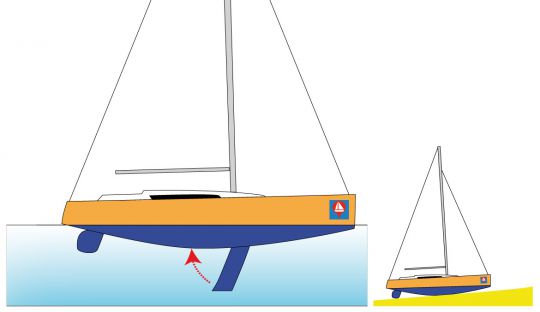
The integral dinghy has a daggerboard that retracts completely into the hull. With a ridiculous draught, it is the ultimate long distance sailboat that can slip into very little water. Aluminum sailboats such as Ovni have based their reputation on this type of appendage.
But dinghies must have a daggerboard case, which is inevitably found in the middle of the saloon. Moreover, the daggerboard does not serve as ballast (otherwise it would be a keel). The ballast is therefore distributed in the bottom of the hull, resulting in a very high center of gravity. To keep the boat stiff, you need a lot of ballast. Integral dinghies cannot be high performance boats.
The dinghy with salmon
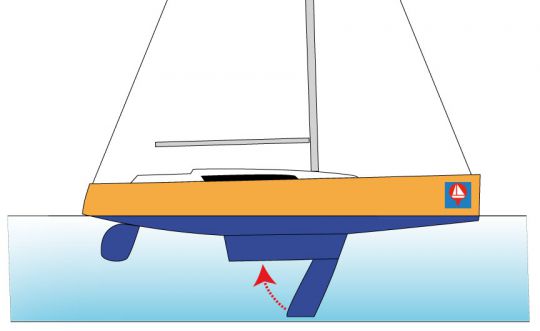
On these sailboats, the ballast is in the salmon (or fin). The pivoting daggerboard retracts into the fin, which remains prominent under the hull. This makes it possible to reduce the draft without the facilities being hampered by a cumbersome daggerboard well in the center of the saloon. In addition, since the fin is ballasted, less ballast is needed than on a ballasted daggerboard. This type of appendage is often proposed by boatyards that can offer a dinghy version without modifying the layout of their boat. Jeanneau and Bénéteau often offer a dinghy version with salmon on their small cruising yachts.
